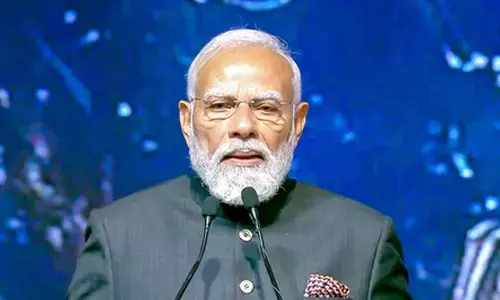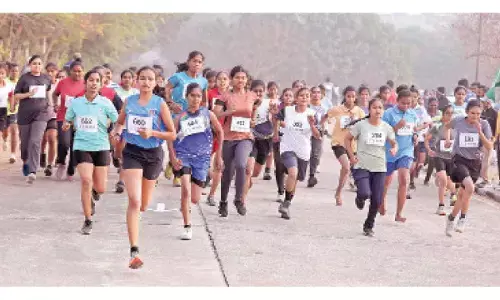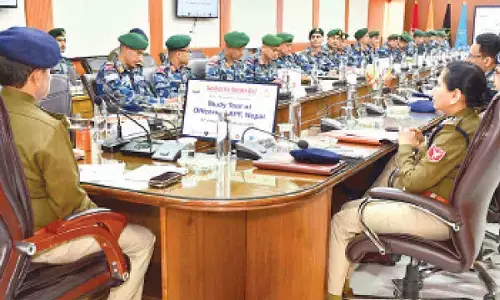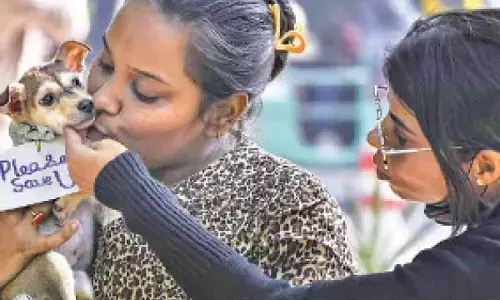Warangal: Mining poses threat to Ramappa temple

Ramappa temple
Open cast coal mining move in Venkatapuram mandal, just 6 km away, is likely to cast its shadow on the temple structure which withstood vagaries of nature for centuries
Warangal: Even after more than eight centuries of its construction, Ramappa Temple stands tall as an epitome of a culture long lost in the abyss of things bygone. The temple not only withstood many wars and natural calamities but also the invasion of armies of Delhi Sultanate Ghiyath al-Din, the founder of the Tughlaq dynasty.
The invasion had accounted for many temples in the region leaving them in rubble besides ending the Kakatiya dynasty in 1323.
Thereafter, the temple disappeared into oblivion. It spent around 550 years in the wilderness before it became accessible again after 1900. Thanks to a local Muslim king Asif Jahil who did his bit in reviving the temple.
In 1951, the temple came under the authority of Archaeological Survey of India (ASI), however, the shrine didn't witness as much development as one would have aspired. Despite its universal value in its construction that includes floating bricks, sandbox technology and the black dolomite rocks, the shrine remained one among many historical places in the region.
If this is one side of the coin, the temple now is in the spotlight with UNESCO recognising it as a World Heritage Site. The development gave the temple a new lease of life. The immediate task before the government is to protect the temple from the wear and tear of nature, and as well as man made interventions.
In 2010, the temple averted a major threat in the form of a tunnel planned as part of Devadula Lift Irrigation Project. It was planned perilously close to the temple, however, it was averted with the intervention of locals and Ramappa Temple Protection Committee.
The Singareni Collieries Company Limited (SCCL)'s plan to carry open cast coal mining in Venkatapuram mandal, which is just around 6 km away, is likely to cast its shadow on the temple structure. It's learnt that the SCCL which is acquiring forest, agriculture and assigned land in the region has plans to carry out open cast mining for about two decades.
The locals expressed fears that the effects of the blasting in the open cast mining are likely to send tremors up to 10 kilometers, and the temple will have to bear its effects.
However, Tourism Minister V Srinivas Goud said that coal mining may not be undertaken as the Archaeological Survey of India (ASI) is to mark Ramappa Temple buffer zone to the extent of 15 kilometres.
These apart, there are other works to be undertaken for the protection of Ramappa temple. All important work on restoration of Soma Sutram (The receptacle on the outside of the temple of Shiva for the water with which the idol has been bathed), reconstruction of Kameshwaralayam, construction of compound wall etc have to be undertaken with immediate effect to bring the sheen back to the Ramappa Temple.
















